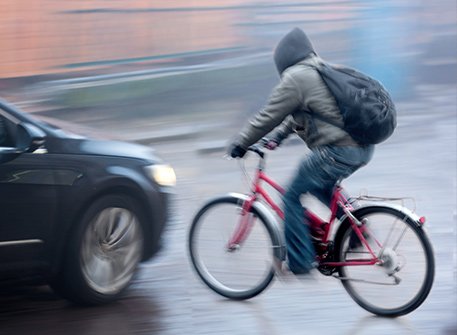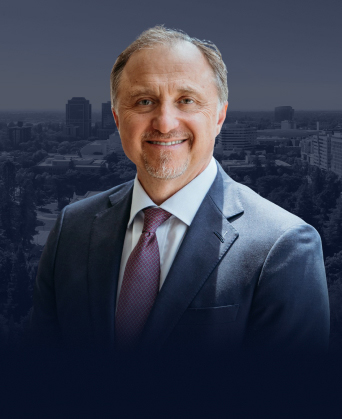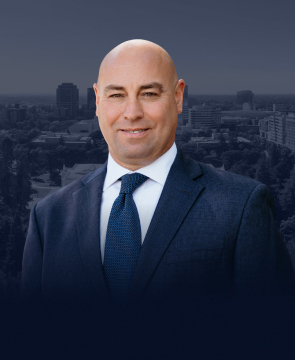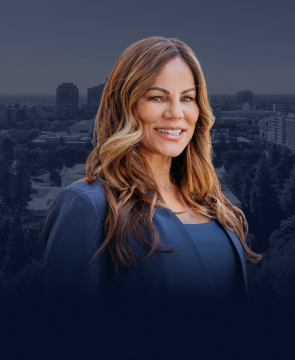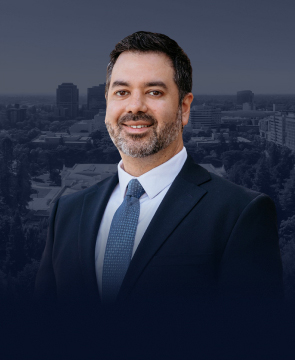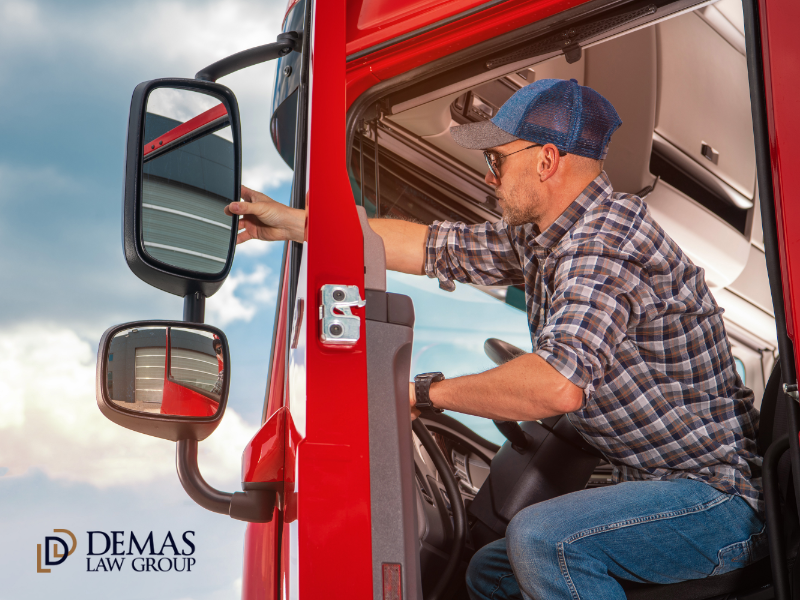One of the most dangerous types of accidents happens when a motor vehicle collides with a bicycle. Bicyclists are completely defenseless against a 3,000-plus pound car or truck, even when wearing the proper safety gear.
The National Highway Traffic Safety Administration (NHTSA) reported that 818 cyclists were killed in motor vehicle crashes in a single recent year, and an estimated 45,000 more were injured. Most of these accidents could have been avoided if the driver of the motor vehicle had followed the rules of the road.
When a driver behaves in a careless or reckless manner, a serious injury accident could occur. If you have been hurt in a cycling accident, it is critical that you contact an experienced bike accident lawyer to discuss the laws in California and your rights.
California Bicycle Laws
The California Vehicle Code (CVC) outlines state laws that apply to cyclists while in traffic. Bicyclists have most of the same rights and responsibilities as the drivers of motor vehicles. Some of the most important bike laws that can help you avoid a serious accident include:
- If cyclists are moving as fast as traffic, they can ride their bike anywhere, except for the freeway. This also includes Type 1 and Type 2 electric bicycles (with speeds up to 20 mph). CVC 21960
- If cyclists are moving slower than traffic, they must ride as close to the right side of the road as possible. This rule does not apply when passing a vehicle, preparing for left turns, avoiding road hazards, when the lane is too narrow, or when riding in an area where a right turn is permitted. CVC 21202
- Cyclists traveling slower than traffic must use the bicycle lane except when making a left turn, passing, avoiding road hazards, or approaching a place where a right turn is allowed. CVC 21208
- Bicyclists can travel on the right side of the road in the direction of traffic, except when passing, riding on a one-way street, making a legal left turn, riding on a narrow road or when the right side of the road is closed because of road construction. CVC 21650
- Any gas-powered bicycles and type 3 electric bicycles (with top speeds of 28 mph) cannot travel on trails, bike paths, or lanes unless allowed by local authorities. They can ride in bike lanes or separated bikeways. CVC 21207.5
- Bikes are not permitted to stop or park on a bike path. CVC 21211
- Helmets are required for cyclists under 18. CVC 21212
- City and county laws dictate whether cyclists can ride on sidewalks. CVC 21206
Common Types of Bike and Car Accidents
Cyclists can follow all the rules but can still be harmed in accidents that are not their fault. The most common types of motor vehicle and bike collisions include hitting the opening door of a car that is parked (also known as “dooring”), being struck by a car or truck that is trying to pass them, and being hit by a car making a right-hand turn.
One additional law requires motor vehicles to maintain a safe distance while passing a cyclist. The three-foot rule is usually the standard distance for passing. Trucks, large SUVs, and buses often have trouble allowing sufficient space for passing while in traffic, and a collision may occur.
A person on a bike has as much right to the road as does a motorist, so cars should not try to pass a cyclist unless it is safe for everyone. The driver needs to slow down and wait until there is enough space to pass or move to another lane. Except for moving to the far-right lane, it is not the cyclist’s responsibility to stop or get out of the driver’s way.
Types of Bicycle Accident Injuries
People involved in bicycle accidents often suffer specific severe injuries. Being knocked to the ground can result in broken bones, bone fractures, spinal cord injuries, and head/brain/neck injuries. Extreme blunt force trauma from a vehicle hitting a bicyclist can also lead to catastrophic injuries.
Common injuries from these types of accidents include the following:
- Facial Injuries
- Lacerations and Cuts
- Broken Bones/Fractures
- Ruptured Discs
- Head and Brain Injuries
- Spinal Cord Injuries
- Internal Organ Damage
The most common type of injury in bicycle accidents is head injuries which can result in brain damage, coma, or even death.
Many victims also experience emotional trauma after a bicycle accident. Victims might suffer from post-traumatic stress disorder (PTSD) or other psychological issues, such as anxiety, depression, insomnia, or other types of emotional distress that may require therapy or medication.
Securing Compensation for Bicycle Injuries
There are two important factors that could determine if a victim of a bicycle-car accident might be owed compensation. The first is if the driver behaved in a careless or reckless manner, like speeding, driving aggressively, driving while distracted, or driving under the influence. The second is if the motorist intentionally caused harm to the cyclist. If either of these requirements is met, a cyclist who is injured by a driver in California could be eligible to pursue an injury claim.
The amount of compensation you can recover depends on the severity of the injuries and the specific details of the accident. You could be able to recover financial payments for your medical bills, lost wages, lost earning capacity, and property damage. You may also be eligible for compensation for your pain and suffering. If a victim’s bicycle crash is fatal, surviving family members might be eligible to file a wrongful death claim.
Contact a Sacramento Bicycle Accident Attorneys Today
Demas Law Group has over 25 years of experience helping bicycle accident victims in Northern California, with a 99% success rate recovering compensation for clients. We believe in seeking justice for the unjustly injured, so we aggressively fight for each and every client who comes in our door.
If you or a loved one has been injured in a bike accident, you should be focused on your health and recovery, not fighting the insurance company. Let our Sacramento bicycle accident lawyers handle your claim, or your child’s accident claim, while you concentrate on moving on with your life.
The personal injury attorneys at Demas Law Group will review the details of your case and help you understand all your legal options for pursuing the compensation that you deserve. Contact us by phone or online now for a free consultation.
